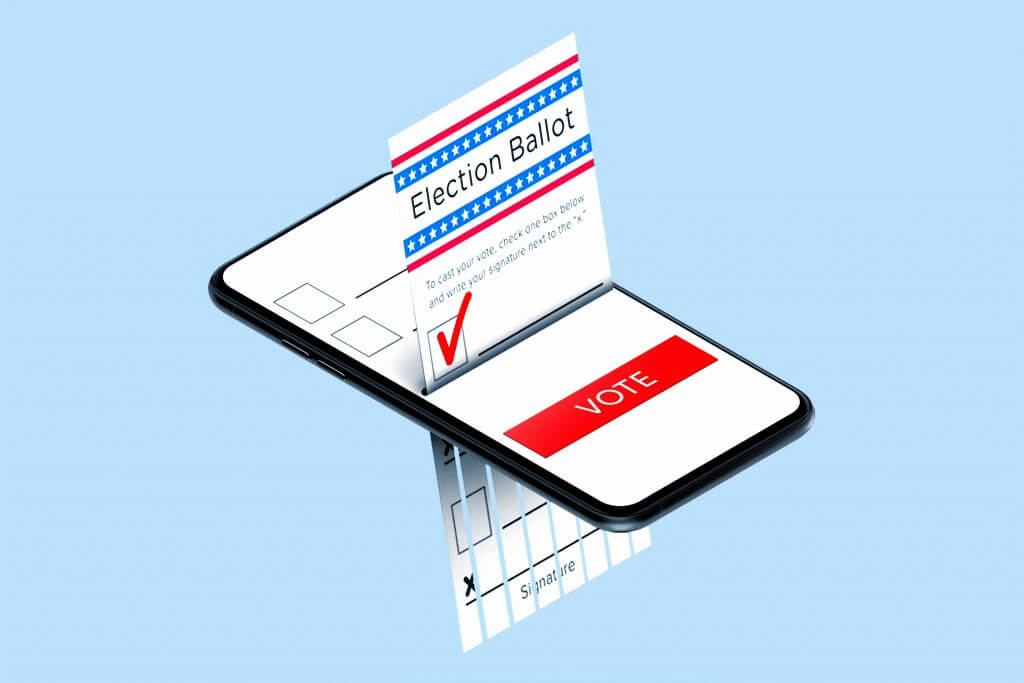
The Election and the Market – Presidential
News & CommentaryBy: Jude McDonough, CFP® AIF®
Aug 10, 2020
Over the last couple of weeks, the election has come up in almost every conversation we’ve had with clients and friends about the market. Some people think the market is going to get more volatile leading up to the election. Others have strong opinions about what will happen to the country if their side doesn’t win. Then there are others that just want to hear what we think.
The short answer to the question is that it depends. Taxes and fiscal policy can definitely have an impact on earnings, which will ultimately trickle into market performance. However, instead of speculating on what could happen, we decided to do some research on what has happened in prior years. The findings were very interesting and we decided to break it up into two posts. Today’s post will cover the Presidential elections and next week, we’ll add Congressional elections to it.
The first interesting finding we had when we did this research is that the stock market is a very accurate predictor of Presidential Elections. It predicted 20 out of 23 elections or 87% since 1928 to be exact. In the 3 months leading up to these elections, the S&P 500 was positive 14 times. In 12 of those 14 occurrences, the incumbent president or party won the election. In the 9 negative instances, the incumbent party lost 8 times. The years that this predictor did not hold true were 1956, 1968 and 1980. The three-month period started last Monday. So far, the market is positive, but there is a lot of time until the election.**
What about performance after the election? Like all data, you can skew it depending on the time periods you select. If you go all the way back to the first Presidential election under the U.S. Constitution in 1789, it is pretty darn close. The average annualized return in the 4-year post election periods when a Democrat won was 8.8% and 8.6% when a Republican won.*
If you look at 1928 to present, Democrats significantly outperformed at 13.3% annualized return vs. 7.7% for Republicans. The data was even worse for Republicans from 1928 to 1980 with Democrats at 12% vs. Republicans at 2.6%. Ronald Reagan and George H.W. Bush’s 12 combined years were very helpful to the stats for the Republicans. If you take out the Great Depression, World War II and the ensuing recovery, you can find a positive period for Republicans. From 1952-1992, Republicans outperformed at 11.6% vs. 11.4%. **
When we do next week’s post about the Congressional elections, we’ll add some thoughts at the end of that post. Spoiler alert: the data is going to make you question your impulses to try and time the market.
*Source: Fidelity Investments; monthly data since 1789 (a mix of S&P 500, Dow Jones Industrial Average, and Cowles Commission indexes). Past performance is no guarantee of future results. Indexes are unmanaged. It is not possible to invest directly in an index.
**Investech Research Newsletter – July 17, 2020


